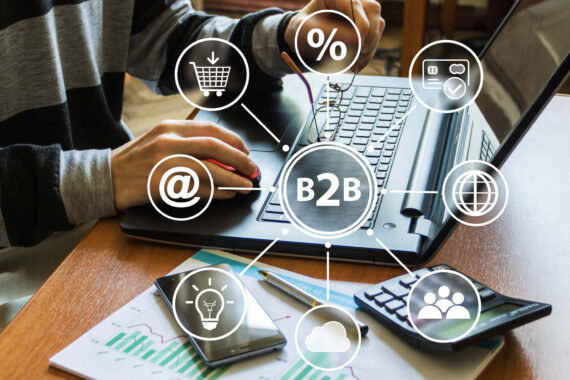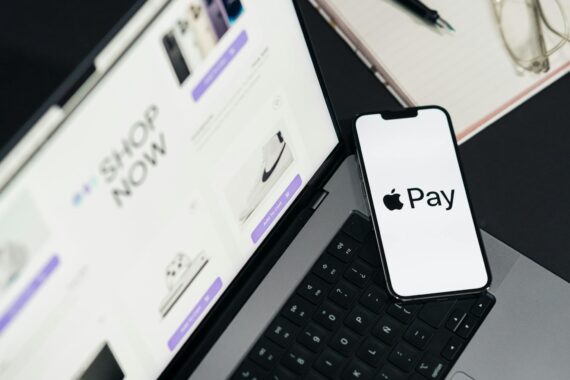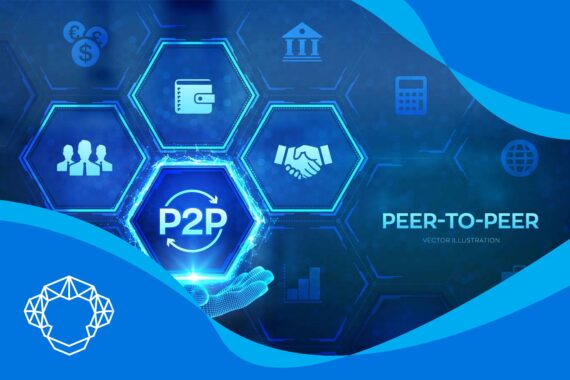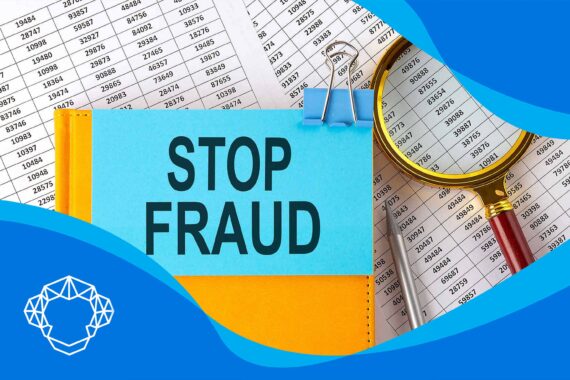For current business owners, there are a lot of options when it comes to the way the transactions are accepted and processed. A recurring payment has many benefits, both for merchants and their customers. To understand all the advantages, we’ll explain what is recurring payment and how it works.
The goal of every enterprise owner is to be among the most successful small businesses and grow even beyond that. That means having committed customers that keep returning for products and the service you provide them with. If a consumer is satisfied enough with the goods you offer, they may be willing to provide you with the information from their cards and sign up to pay for your offer over an extended period. So, what’s a recurring payment? It’s an ideal situation when it comes to eCommerce transaction options for both the consumer and the enterprise where the purchase is done repeatedly, both out of loyalty and need.
What Does Recurring Payment Mean
The definition of recurring payment is any consumer transaction directed to a business, organization, or government entity that happens on a regular schedule. Different types of businesses offer various solutions to their customers when it comes to paying for goods. Typically, an in-store purchase implies handing over the cash or plastic for a one-time transaction. The recurring payment definition means that these transactions occur remotely, through an enterprise’s credit card processing services, on an ongoing basis. According to Digitalist Magazine, about 53% of all software-generated revenue will be collected from a subscription model by 2022.

How Does This Monthly Billing Work?
To be able to process this type of monthly billing, you’ll first have to apply for a merchant account through a merchant processing company. After a customer decides to use this option, this monthly CC processing works the following way – the payments are automatically read and collected from the consumer’s bank account via their CC or through other options such as Automated Clearing House (ACH) run by NACHA and Direct Debit fund transfer, through the transaction gateway, and on to the merchant’s acquiring bank account.
Step by Step Guide Through the Billing Payment Process
Running an enterprise means, among other things, gaining knowledge on how the transaction processes work, especially when implementing an eCommerce business model. Learning about what PCI means and why does the PCI compliance fee appears on the merchant statement or perhaps how to avoid paying the PCI non-compliance fee are all parts of understanding the workflow of transactions. So, what is a recurring charge? Although monthly billing can differ from one provider to another, the recurring charge meaning is explained in these typical steps:
- From a list of various transaction options available on your CC virtual terminal, a consumer takes a pick and chooses the suitable model.
- The next step is when the consumer accepts the terms and conditions of the chosen transaction model.
- The initial paying must be done by entering the details off of their cards. This data will be safely secured on the gateway page and made available for future monthly transactions.
- After the details needed for the transaction have been entered into the gateway, the customer receives an invoice. It is later sent on every billing date by the predetermined schedule.
- Once the acquiring bank, the credit card processing network, and the issuing bank or entity approve it, the transaction happens, and the amount in question is transferred to the merchant’s account.
- When this card-not-present transaction occurs on the predetermined monthly schedule, the consumer gets notified of the transaction followed by the invoice or the additional instructions if it fails.
- The convenient part of monthly subscriptions for a consumer is that there’s no need for them to enter the details again. They will be charged until the subscription permission is canceled.
The meaning of recurring payment is made obvious by these steps – it’s a transaction model that will pull funds automatically at regular intervals for the goods that you as a merchant provide to the consumer on an ongoing basis.
How Do I Stop Recurring Payments? Providing Data to the Customer That Wants to Cancel a Subscription
Whether a consumer didn’t have a deeper understanding of what does recurring charges mean or they simply want to retract their permission, it has to be possible for them. Enterprise owners usually provide direct contact for their customers through good customer service so each customer can be able to cancel subscriptions via phone, online, by mail, or in person. Simply provide them with an additional explanation that if they want to avoid being billed for another month, the best thing to do is contacting you and canceling at least three days before the scheduled transaction.

What Are Recurring Payments Types?
When running an enterprise, choosing the best CC processing for a small business is not the only thing to consider. There are various types of transaction methods to offer to consumers, such as a cash discount program. And even within the monthly subscription model, there are several different solutions that you can offer to the consumers, depending on the type of enterprise.
Fixed Monthly Subscription
This solution is suitable for businesses that provide their customers with goods and services for a fixed price. But, what does recurring service mean when it’s fixed? It means that the same amount will be collected to your merchant account in each transaction cycle. An example is when a consumer uses a gym membership or a subscription to a newspaper. If you are wondering, “what does recurring membership mean,” these are the typical examples.
Variable Monthly Subscription – What Does a Recurring Amount Mean When It Varies?
Irregular or variable monthly subscription happens when the amount collected off of a customer’s CC account changes on a monthly basis. Some businesses may choose to bill their consumers based on the usage of the goods and thus create a new dynamic fee each cycle. The prime example is the usage of utilities. They can also be billed based on the quantity used each cycle, and an example is the volume-based cloud storage service.
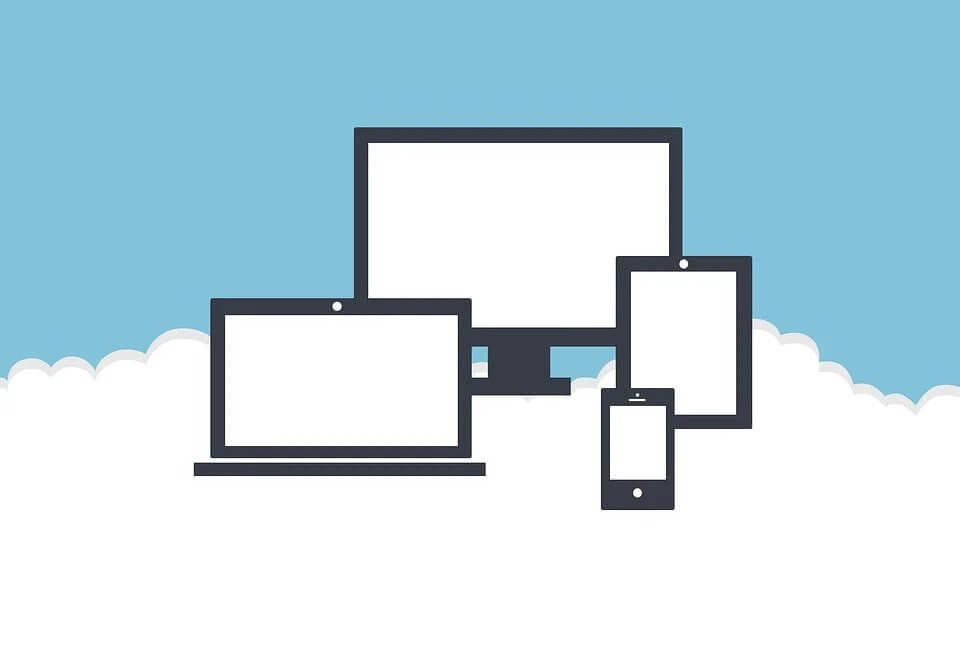
How to Accept Recurring Payments
Like with any other non-cash transaction solution, accepting monthly payments goes through a merchant services provider and account. Through your processor, you may choose the subscription transaction software which will allow you to build the subscription model that will work best for both your enterprise and consumers.

The Biggest Benefits of This Transaction Model for Your Enterprise
If you need a small business idea that can get you more clients, such as a dropshipping business, incorporating a monthly subscription model will come with many benefits. It will affect the increase in your monthly volume and enable you to gain loyalty from your clients. Whether your enterprise needs a model with transactions occurring every month or several times a year, it will help your enterprise grow.
They Can Help You Reduce Collection Time and Late Billings and Speed up Transactions
Having too many late payments can have a negative effect on both your revenue and your relationship with clients. That’s why this is the biggest benefit to the enterprise, as the system only needs to be set up once, and you can rest assured that the funds will be automatically collected based on the predetermined schedule.
Minimize Effort Towards Bigger Revenue
The original transaction method needs to be set up only once, and the rest is up to the software. That will cut down on any unnecessary costs and effort put into manual invoicing and processing of the transactions. It will need adjusting only when you need to change the transaction type or the sum that is charged.
They Will Improve the Relationship Between You and the Customers
Monthly subscriptions are much more convenient for consumers because they are required to enter the billing information only once. The next step is done by the enterprise and their software, where the amount is processed each cycle directly off the customer’s bank account. It will avoid the step of reminding the customer of any outstanding bills and thus create a healthy relationship.
They Will Provide You With Defense Against Fraud
The gateways which store and process the transaction information have secured servers that provide credit card fraud prevention. They use methods such as PCI compliance and tokenization. These technologies, which provide detection and prevention of fraud, defend the funds against fraudulent actions. They also provide a trustworthy image of the enterprise in the eyes of the consumers while also saving the resources that the business owners would spend on resolving frauds.

Drawbacks for Your Business
This type of transaction can be much more difficult for customers when it comes to correcting any mistakes they’ve made when paying. If they realize the error when the transaction is already processed, it can take quite some time for merchants to resolve the issue and go through a transaction reversal. One-time sales are less complex and much more straightforward for businesses. That is because each transaction has its own billing cycle, a various amount that differs from the rest, and different contract length. Merchants will need to incorporate the right tools to be able to track and manage these differences. But one of the mistakes business owners make is avoiding incorporating this transaction model because of this drawback because, to be honest, monthly subscriptions have more pros than cons.

Embrace This Transaction Model to Help Your Enterprise Grow
We’ve pointed out the drawback of a subscription type of transaction, but all in all, it’s an excellent way to enhance a great consumer experience. That is done by reducing the problems that may occur with repeated manual transactions and late payments. Implementing it also ensures that your enterprise has a stable cash flow. Most of all, it’s worth giving it a try if you are able to collect funds repeatedly from the same sources. Most consumers would love to avoid bothering with remembering which invoices to pay and when, and by providing them with this option, you will secure their loyalty. The solution that allows them to pay their bills each month without any effort but for the first time and without skipping will be highly appreciated. Atop all of that, they have the option to cancel this transaction model through you at any time. You can experience tremendous growth by the simple implementation of this transaction model.


